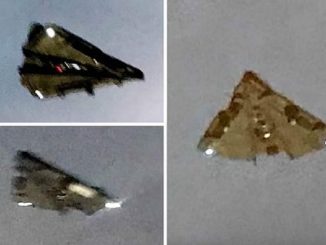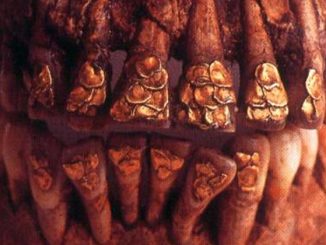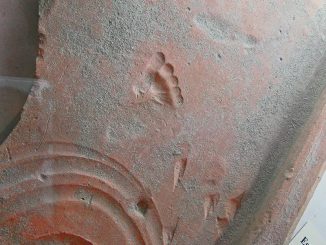After a series of palaces, ancient tombs, settlements… over many periods, the construction of the HS2 high-speed train continues to help archaeologists find a treasure considered extremely important.
It is a trove of coins produced in the 1st and 2nd centuries BC, both one of the oldest coins ever in circulation and evidence of a new advance in metallurgical technology.
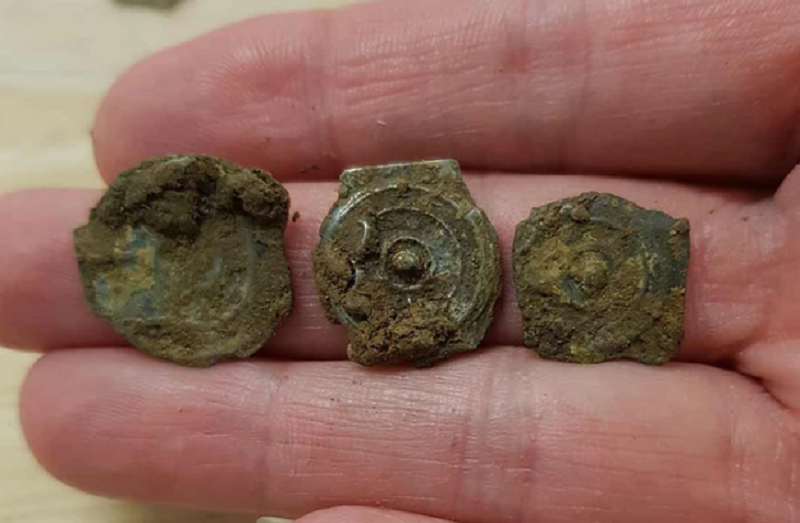
3 of the ancient coins just unearthed – Photo: HS2
According to Acient Origins, the artifacts were discovered in a remote place in the Hillingdon district, west of London, during a survey of the area where the HS2 high-speed train line connects Brimmingham and London.
According to Ms. Emma Tetlow, a supervisor for the Costain Skanska company who was in charge of surveying the area before officially building the train line, a previous storm had washed away the top layer of soil, helping them quickly discover a Dark green-blue soil patches indicate the presence of oxidized metals.
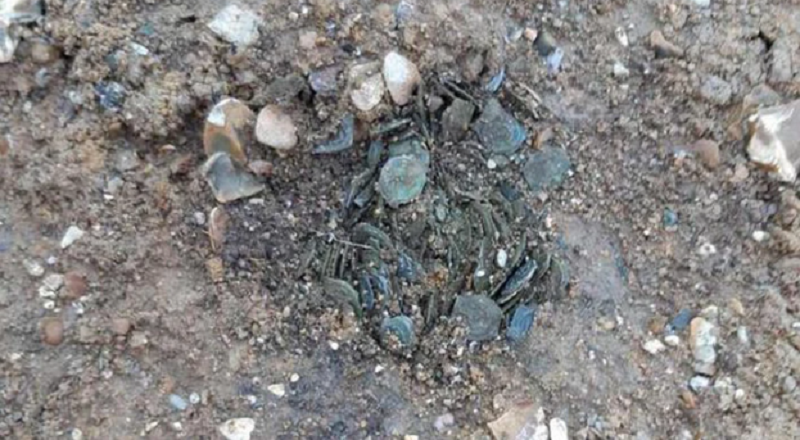
“Treasure” at the scene – Photo: HS2
They dug up a total of 300 coins called “potins”, which refer to coins made of copper/tin/lead alloys, produced in the 1st and 2nd centuries BC.
The collection, housed on the Hillingdon Hoard, is considered one of the most important collections of Iron Age coins found in Britain, as it contains extremely rich historical data. The urns suggest it belongs to a turbulent period in the 1st century BC, when Celtic tribes controlled most of ancient Britain, but the Romans were invading.
The coins appear to have been buried intentionally, possibly as proof of ownership of the piece, or as a sacrifice to the gods because there was an area nearby that was popular with indigenous people. considered sacred forests and streams. We cannot rule out the possibility that people simply buried it to hide it.
Previously, the construction of the HS2 train line accidentally became the largest archaeological excavation in England, because it continuously dug up relics from the Stone Age to modern times, ancient cemeteries with tens of thousands of people. tomb… Normally there are more than 1,000 archaeologists working scattered throughout the length of the project.
